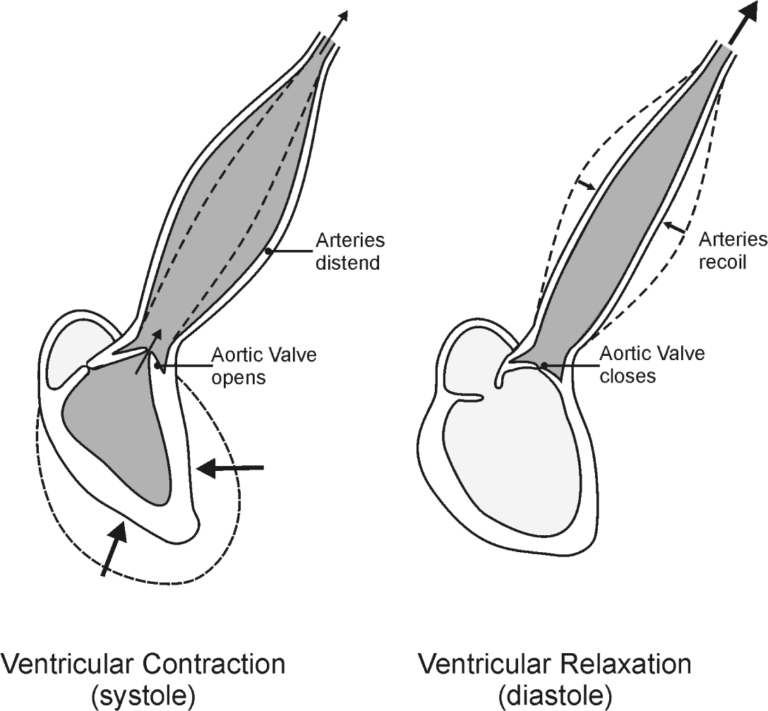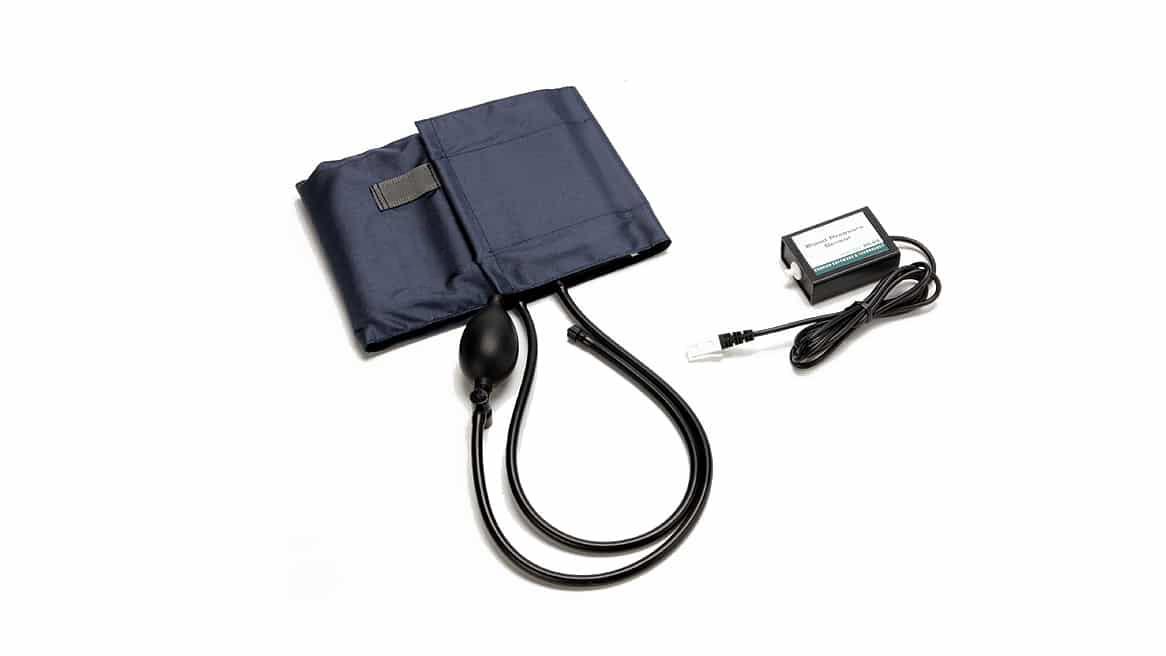Blood Pressure as a Vital Sign
Experiment #10A

Introduction
Blood pressure is a measure of the changing fluid pressure within the circulatory system. It varies from a peak pressure produced by contraction of the left ventricle, to a low pressure, which is maintained by closure of the aortic valve and elastic recoil of the arterial system. The peak pressure is called systole, and the pressure that is maintained even while the left ventricle is relaxing is called diastole.
Objectives
In this experiment, you will
- Obtain graphical representation of blood pressure.
- Compare blood pressure before and after exposure to cold stimulus.
- Observe an example of sympathetic nervous system activation (“fight or flight” response).
Sensors and Equipment
This experiment features the following sensors and equipment. Additional equipment may be required.
Ready to Experiment?
Ask an Expert
Get answers to your questions about how to teach this experiment with our support team.
- Call toll-free: 888-837-6437
- Chat with Us
- Email support@vernier.com

